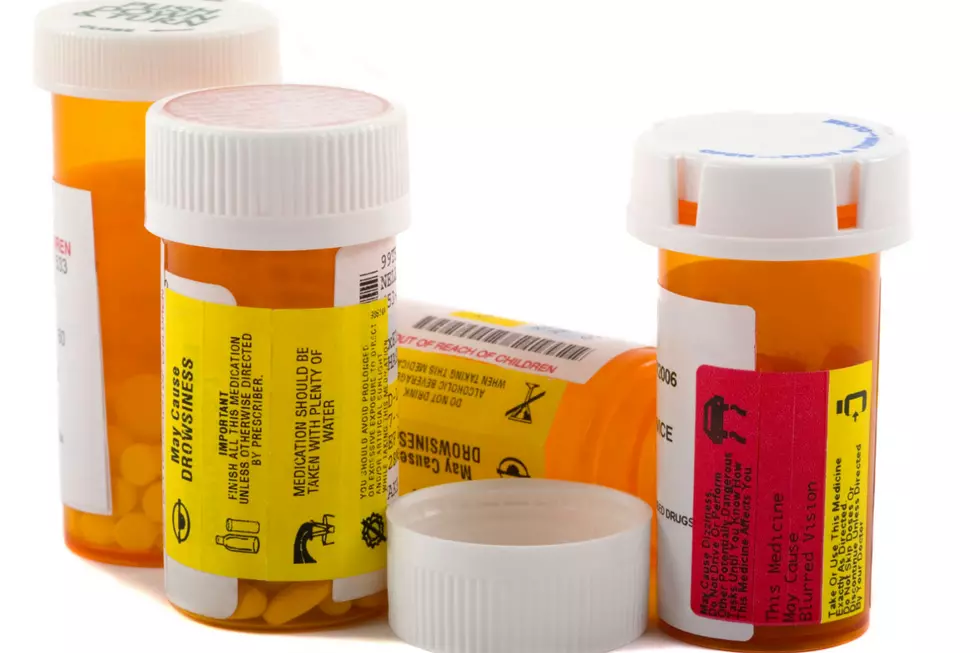
What you need to know about medicare
Q. I don’t know much about Medicare, and I’m 62 and I’m trying to budget for retirement in three or four years. What kind of extra insurance do I need above standard Medicare and what will it cost?
— Confused
A. We’re glad you’re trying to plan ahead, but there are so many variables to consider. There’s also no one correct answer for everyone, but this should give you some important guidance.
For starters, according to a JAMA Internal Medicine study, overall health care spending went up 2.9 percent from 2009-2013, said Alyssa McMahon, a certified financial planner with Prestige Wealth Management in Flemington and Millburn.
“The chief reasons for the increases were patients paying more out of pocket for their health care and rising deductibles,” McMahon said. “We can tell you what the costs are now but it depends on what health care legislation will be in effect when you retire, your health when you retire and what kind of coverage you chose to get.”
Currently, Medicare covers services such as lab tests, surgeries, and doctor visits. It also covers supplies — such as wheelchairs and walkers — that are considered medically necessary to treat a disease or condition.
McMahon said Medicare Part A covers hospitalization and nursing home care if medically necessary. She said this does not include custodial care, like help with bathing and dressing if that is the only coverage you need.
“Medicare Part A is generally free if you paid Medicare taxes during your working years, you are over 65 and eligible for Social Security,” she said. “Medicare Part A has a $1,260 deductible for beneficiaries who are hospitalized, and if the hospital stay lasts longer than 60 days, there are additional charges.”
Medicare Part B covers doctors services, outpatient care, medical supplies and preventative services.
McMahon said most people pay the Medicare B premium of $104 per month, but depending on your income, it could go as high as $389.80 per month in 2016. There is a $166 per year deductible and then you may have to pay 20 percent of the Medicare-approved amount of a service, depending on the treatment you get, she said. There is no annual limit on out-of-pocket costs on Part A or Part B services.
Premiums for Medicare Part D, or prescription drug coverage, varies by plan but on average is around $33 per month plus any applicable surcharge for high income participants. That ranges from an additional $12.70 to $72.90 per month, McMahon said.
“Part D has a coverage gap, often referred to as the `donut hole,’ which is reached once you and your plan have spent $3,310 on covered drugs,” she said. “You then pay up to 45 percent of the prescriptions costs until you have spent $4,850.”
McMahon said after that, you are then out of the gap and you just pay a small coinsurance or copayment for the rest of the year.
Most people look into enrolling in either a Medicare Advantage (Part C) plan or Medicare Supplement — known as a Medigap plan — to help with the gap of Part D and the lack of a max out-of-pocket in Part A and B, McMahon said.
McMahon said Medigap is private insurance you can purchase to cover some or most of the “gaps” in traditional Medicare like copayments and deductibles but it does not cover out-of-pocket drug expenses.
“How it works is that Medicare will pay its share of the Medicare-approved amount for covered health care costs and then your Medigap policy pays its share,” she said.
There are 10 types of Medigap policies covering different healthcare costs, McMahon said. They are standardized by law but insurers still charge widely different premiums for the exact same coverage. Premiums for the same plan can vary depending on things like age, gender, health, whether there is a high deductible option and if they use medical underwriting, to name a few. There are no out-of-pocket maximums available on these plans, McMahon said.
And some Medigap policies may cover medical care when you travel outside of the US.
Medicare Advantage, or Part C plans, are a variety of private health plans (HMOs and PPOs) that are coverage alternatives to traditional Medicare, McMahon said.
“They offer different copay levels (usually lower than traditional Medicare) and extra benefits (like vision, hearing and dental) that Medicare does not,” she said. “Typically these plans offer prescription drug coverage as well so you don’t buy Part D if you have a plan that has drug benefits include.”
These plans are required to have out-of-pocket annual maximums, McMahon said, and premiums costs vary by state and are in addition to your monthly Part B premium. Typically these plans are not accepted nationwide like traditional Medicare insurance is.
McMahon said you cannot purchase both plans. If you have a Medicare Advantage Plan, you cannot also enroll in a Medigap policy, she said.
“When deciding whether to buy a Medigap policy to cover expenses in traditional Medicare or enroll in a Medicare Advantage Plan, it’s important to look at the details of each plan available to you in order to find the one that best suits your health care needs and budget,”she said. “Medicare has online tools to help you make these comparisons.”
McMahon offered this summary to help you in your research:
Premiums:
• Part A: most likely no premium.
• Part B: premium $104/month plus any surcharge for high income participants (could go up to $389.80/month).
• Part C (Medicare Advantage): premiums could range from $0-$179.10/month or Medigap from $99-$329.
• Part D: premiums $33/month plus any surcharge for high income participants ($12.70 – $72.90/month).
And something important to consider:
“The future is unknown, both on an individual and legislative level. There is no magic number,” McMahon said. “The key is to prepare for the unexpected and minimize risk, so you can enjoy a certain standard of living while being able to cover your medical costs.”
Karin Price Mueller writes the Bamboozled column for The Star-Ledger and she’s the founder of NJMoneyHelp.com. Click here to sign up for the NJMoneyHelp.com weekly e-newsletter. Like NJMoneyHelp.com on Facebook and follow it on Twitter.
More From New Jersey 101.5 FM









